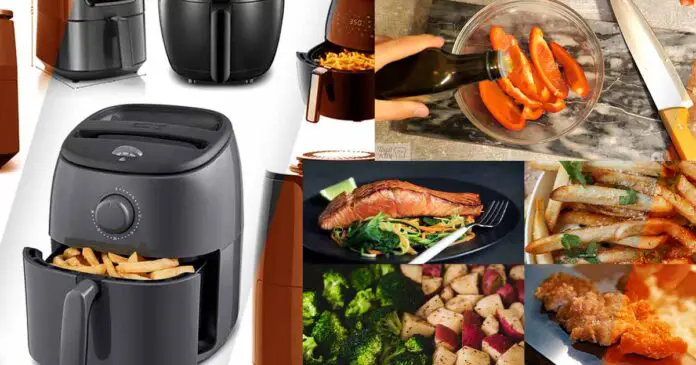Looking to cook healthier meals? Try out these 7 top air fryer cooking techniques.
They let you enjoy your favorite foods without sacrificing flavor or nutrition. From roasting and baking to grilling and simply… reheating your leftovers, you can indulge in all sorts of air fried crispy dishes guilt-free.
These techniques give you the freedom to explore a wide range of dishes while prioritizing a healthier lifestyle.
This web portal is supported by its readers, and is a part of the Amazon Services LLC Associates Program and the eBay Partner Network. When you buy using links on our site, we may earn an affiliate commission!
Check out also: 4 Simple Air Fryer Recipes for New Users
Air Fryer Roasting
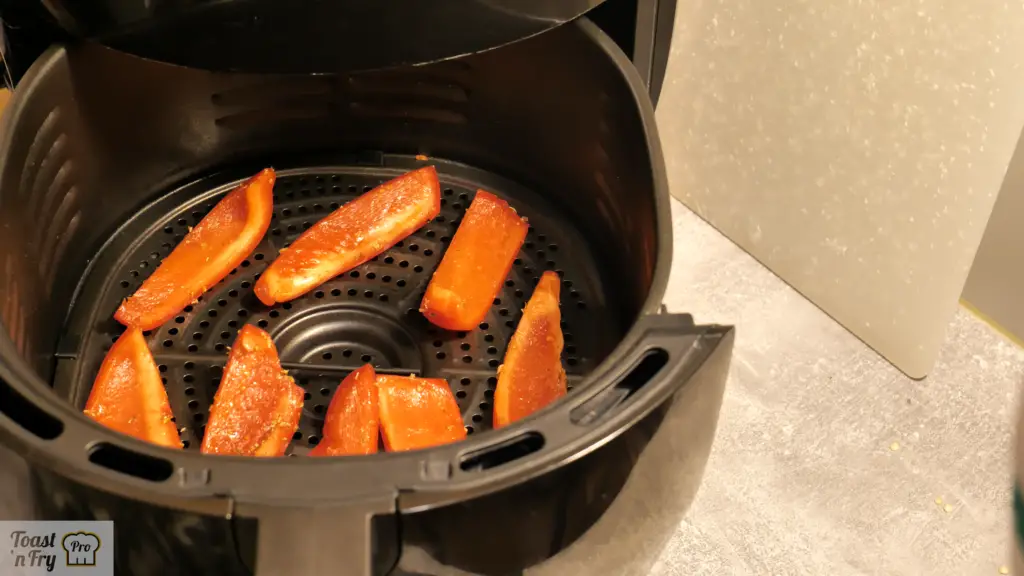
When you roast in an air fryer, it’s essential to follow the recipe’s recommended temperature and time for the best results. To ensure even cooking, preheat the air fryer to the suggested temperature. Check out our air fryer roasted bell peppers recipe here!
Place the ingredients in a single layer in the air fryer basket, allowing the hot air to circulate around them, resulting in crispy and evenly cooked food. It’s important to keep an eye on the roasting progress and to shake the basket or flip the food halfway through for uniform browning.
Remember, the air fryer works by circulating hot air, so it’s best to avoid overcrowding the basket to allow proper air circulation. Experiment with different seasonings and oil sprays to customize the flavor of your roasted dishes.
Cooking With Parchment Paper

Using an air fryer with parchment paper is a simple and mess-free way to save much time on otherwise lengthy cleanup.
To use parchment paper, cut it to fit the air fryer basket with a little air around. Then, place your food on the parchment paper, making sure not to cover the entire basket to allow proper air circulation.
This helps prevent sticking and makes cleanup effortless while keeping your air fryer basket in good condition. It’s important to note that you should never cover the entire basket with parchment paper as it could interfere with the air flow and cooking process.
Air Fryer Baking

When it comes to air fryer baking, you can create delicious treats with less oil, making them healthier without sacrificing flavor. It’s important to understand the right temperature and timing for different baked goods to master the art of air fryer baking.
For example, you can try making crispy kale chips with just a light spritz of oil or golden-brown cinnamon-sugar donuts with a fraction of the oil used in traditional frying methods.
Mastering air fryer baking opens up a world of healthier and equally satisfying options for your favorite treats.
Grilling With An Air Fryer
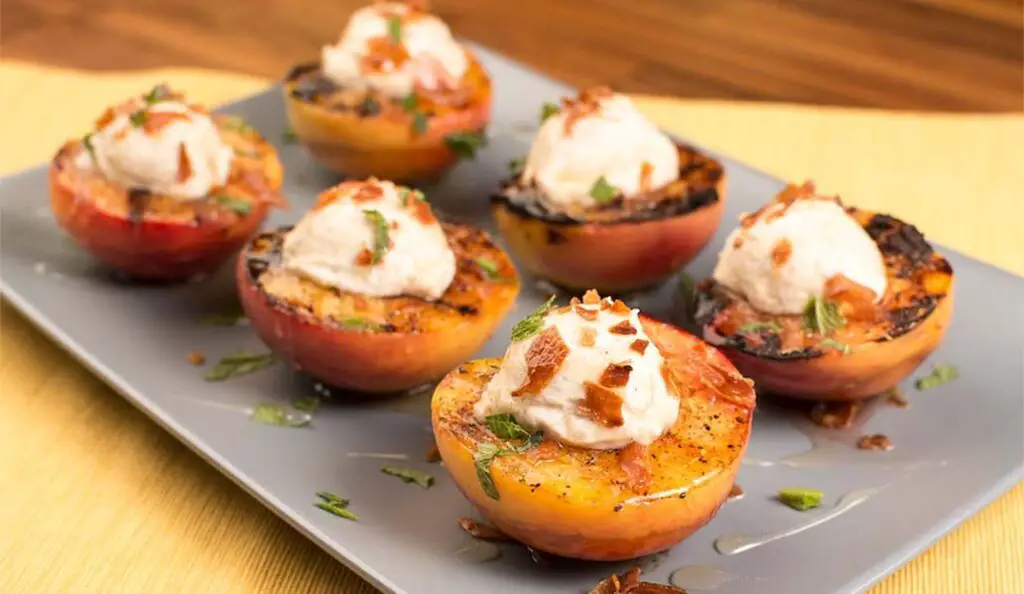
If you want that classic grilled taste without the hassle of firing up the outdoor grill, air fryer grilling is the answer. Simply preheat your air fryer to 400°F and lightly oil the grill pan or basket.
Season your ingredients and place them on the grate in a single layer, making sure there’s space between each piece for even cooking. Cook for the recommended time, flipping halfway through.
Meat, fruits, vegetables, air fryer grilling gives you the freedom to enjoy delicious grilled dishes without the smoke or messy cleanup of traditional grilling.
Reheating Food
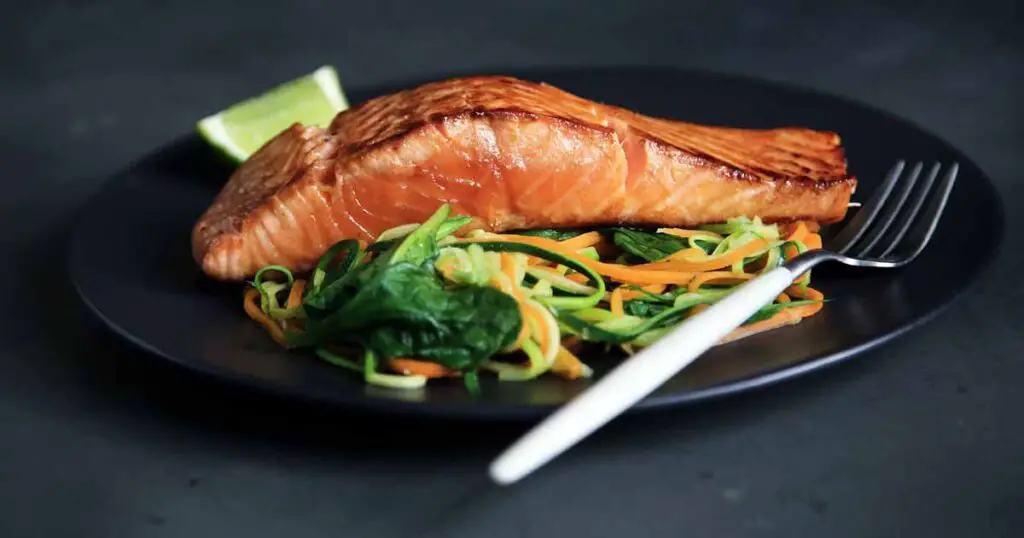
When you reheat food in an air fryer, it’s crucial to make adjustments for the best results.
To start, preheat the air fryer at 350°F for a couple of minutes. Then, place the food in the basket in a single layer to ensure even reheating. You can also do this without preheating, just adjust the cooking time accordingly.
For items like fries or chicken tenders, reheat at 360°F for 3-4 minutes. If you’re reheating denser foods like pizza or sandwiches, try 325°F for 5-6 minutes. It’s important to shake or flip the food halfway through for consistent heating.
If you’re reheating moist foods like casseroles, consider covering them with foil to prevent over-drying. Keep an eye on the food as it reheats to avoid overcooking.
Dehydrating Food In An Air Fryer
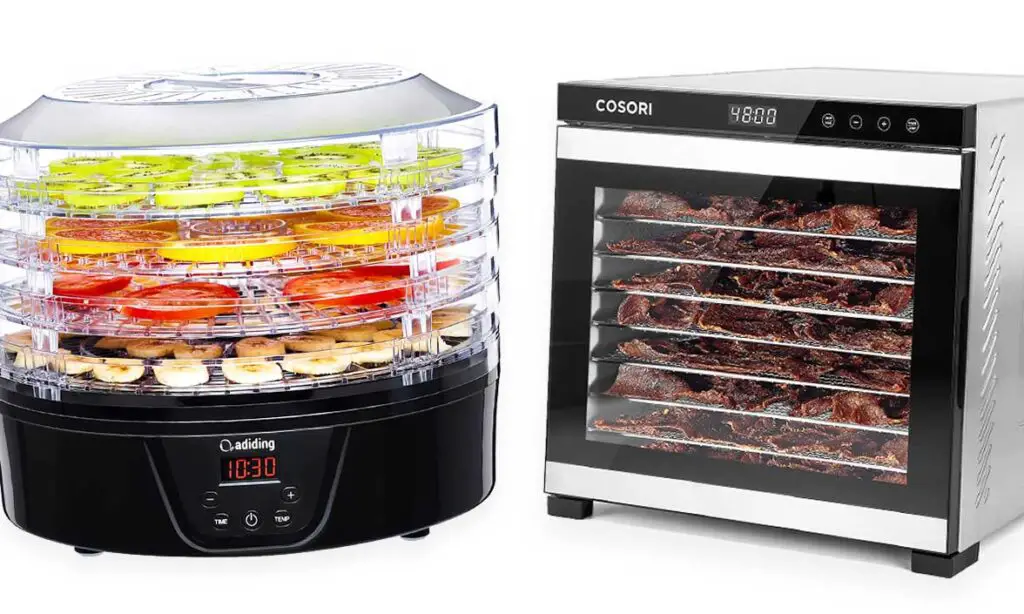
When you dehydrate food using your air fryer, it’s important to consider the optimal dehydration time for different foods to ensure they’re thoroughly dried while retaining their nutrients. This method helps to retain the nutritional value of the food and prolong its shelf life, offering a convenient way to store fruits, vegetables, and herbs.
Note: It all depends on the air flow in your particular air fryer model. Not all air fryers are suitable for dehydrating. Many times over you’ll find that you’re unable to dehydrate many lighter food items, just because of the strong air current blowing the pieces around inside the appliance.
Dehydrating in your air fryer allows you to benefit from preserved nutrients and extended food storage without compromising on taste or quality. For example, you can dehydrate apple slices, banana chips and much more. This process isn’t only practical but also ensures that you always have nutritious options at hand.
Preserving Nutrients in Food
When dehydrating your favorite fruits and veggies, it’s important to preserve their nutrients. Delicate foods like berries and leafy greens require special care to retain their vitamins and minerals.
To achieve this, consider using an air fryer with a lower temperature, around 115°F, and check them more frequently to prevent over-drying. This method helps to maintain the food’s nutritional value, allowing you to enjoy the benefits of vitamins and minerals.
Enhancing Food Storage
When you use an air fryer to dehydrate food, you can prolong the shelf life of your favorite fruits and vegetables while maintaining their nutrients. Dehydrating food in an air fryer removes moisture, preventing the growth of mold and bacteria, which usually causes food to spoil.
This method allows you to enjoy seasonal produce throughout the year without needing preservatives. It also gives you the flexibility to make your own healthy snacks like apple chips, banana slices, or sun-dried tomatoes without adding sugars or sulfites.
Moreover, dehydrating fruits and vegetables at home with an air fryer can be a cost-effective alternative to buying dried goods from stores.
This entire process adds convenience and value to your food storage efforts.


